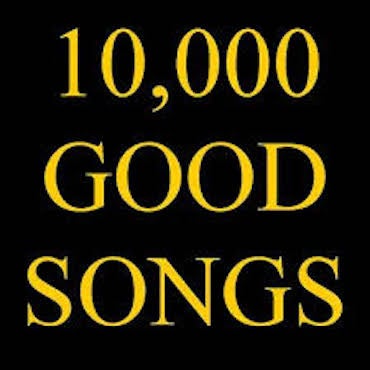Going on the record with process for pressing vinyl
ListenOver the past nine years, the third Saturday of April has become a day of celebration for music lovers with the rise of Record Store Day.
Over the past nine years, the third Saturday of April has become a day of celebration for music lovers with the rise of Record Store Day. The holiday is an invitation for record collectors worldwide to support local music stores, with musicians large and small cutting limited-edition vinyl releases specifically for the occasion.
Each of those records had humble beginnings as a pile of tiny vinyl pebbles, and one man who knows the process of turning those pebbles into music is Sean Rutkowski, general manager of Independent Record Pressing in Bordentown, New Jersey.
NewsWorks Tonight traveled to the pressing plant to learn how a platform once thought to be dead has found greater purpose in the digital age.
In concept, the process of making a record is simple. Presses melt and form those plastic pellets into a “biscuit” — a hockey puck shaped slab of vinyl. Labels are placed on each side of the biscuit, then stampers, metal plates with reverse images of the recording on them, are heated up and squash it into a vinyl record. Much like a waffle in an iron, all that’s left is a quick trim of the sides before packaging.
But the execution is tougher than it may seem. Equipment at the plant is old and requires a masterful touch coupled with frequent fixes.
Because of this, Rutkowski and his team have learned to expect that anything can go wrong at any time.
“It’s not just walking in front of a machine, pressing a button, and keeping an eye on it. There’s a lot of moving around. Especially with these older machines,” he said. And with so few new pressing machines being produced, that workflow is common for many record pressing plants.
The extra effort is worth it for Rutkowski and music lovers around the world. In an era where music can be as free as you want it, the boutique quality of vinyl records has been given a chance in the spotlight.
“Digital has really been the best thing for the resurgence of vinyl. Digital takes out the tactile thing,” he said. “People realize if they’re really emotionally connected to music, they want a piece of that somehow.”
And the pressure that comes with being in the spotlight pushes the Independent Record Pressing crew to reach top quality.
“If you go to stream something and it buffers, you just kinda deal with it and move on,” he said. “People don’t do that with vinyl. With social media, if there’s any sort of thing wrong, we’re going to hear about it.”
WHYY is your source for fact-based, in-depth journalism and information. As a nonprofit organization, we rely on financial support from readers like you. Please give today.














